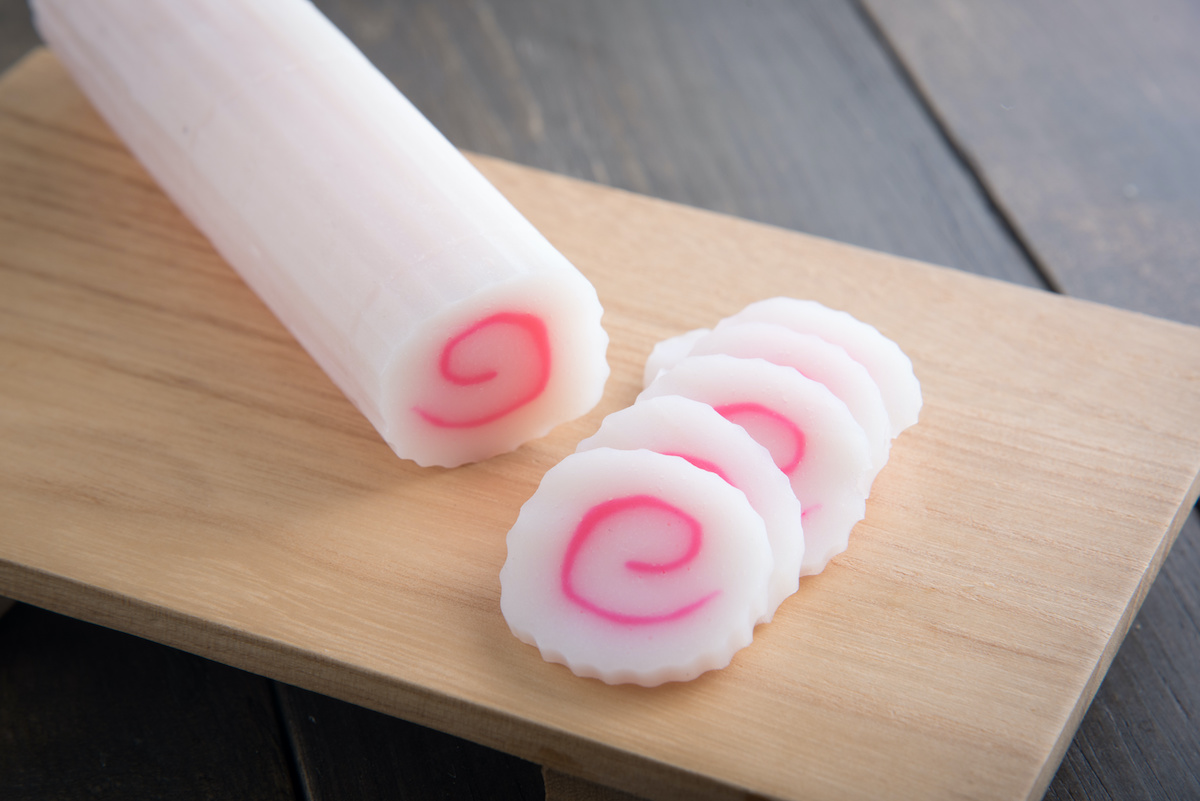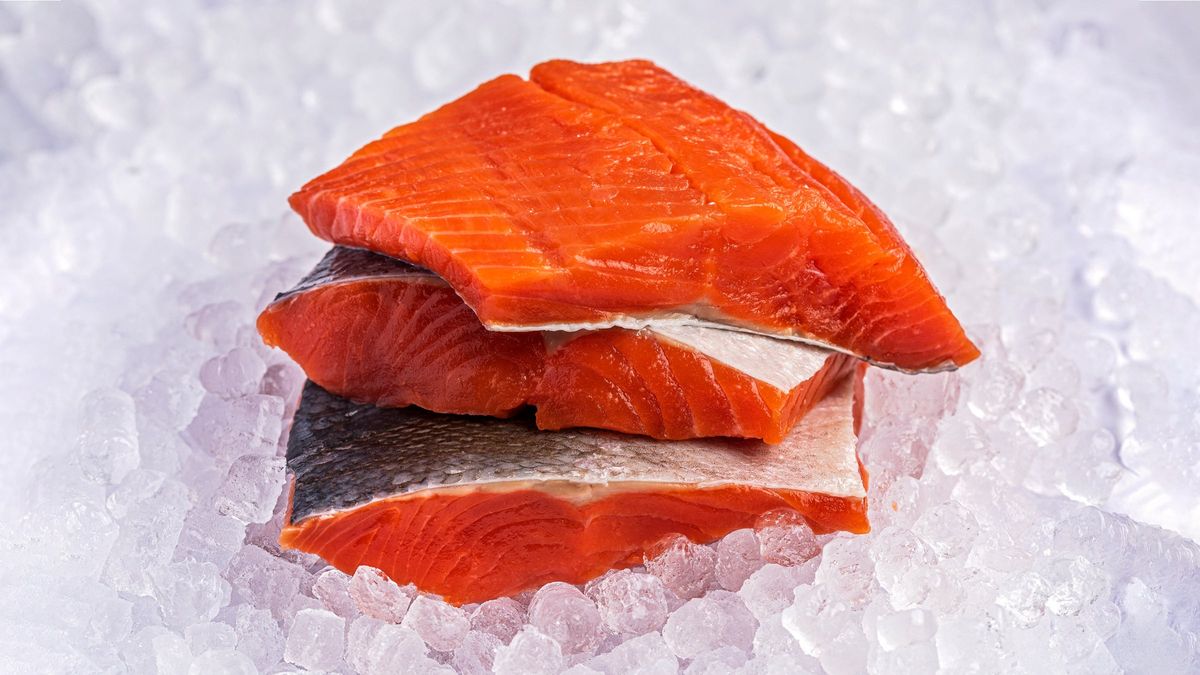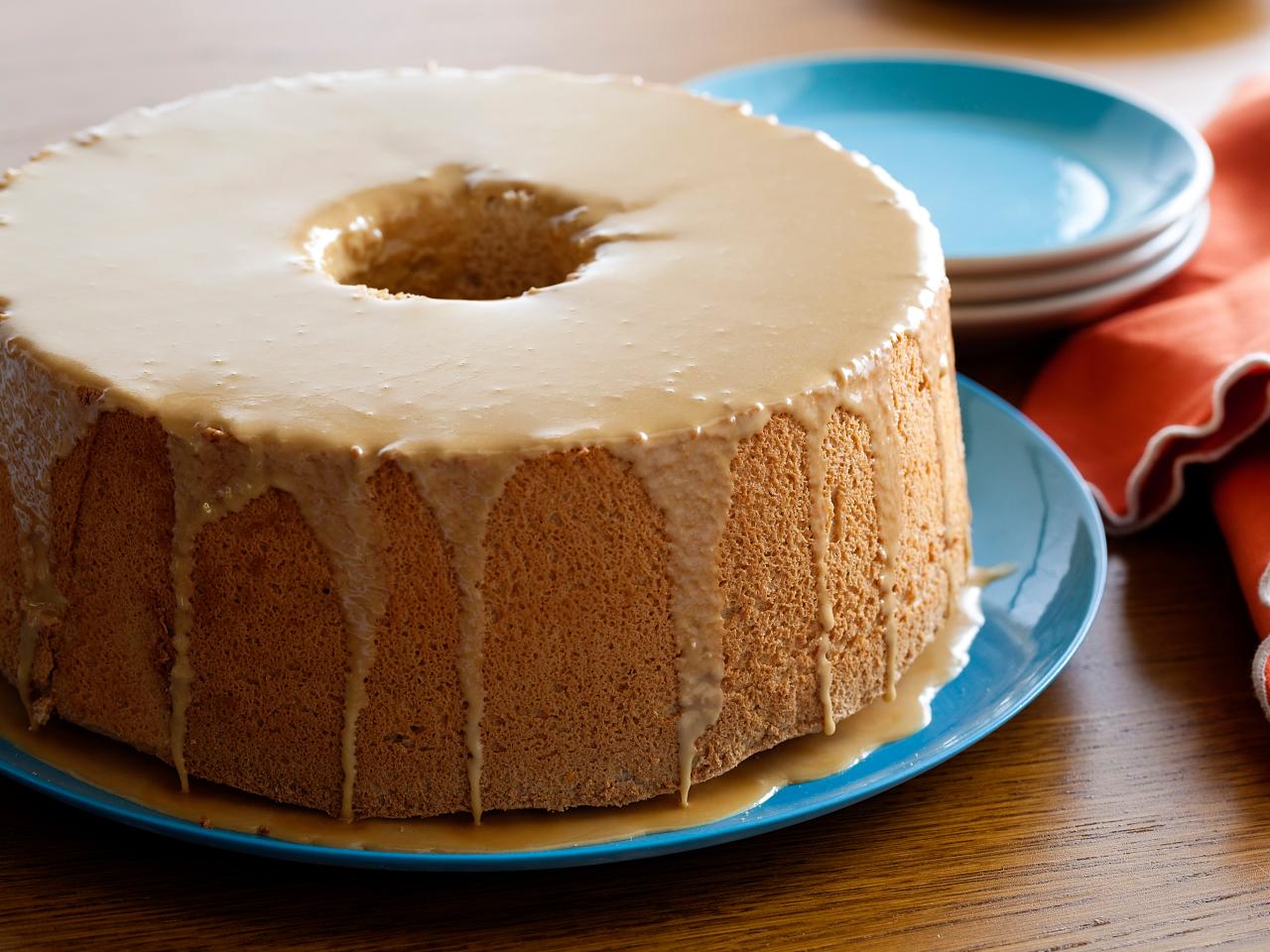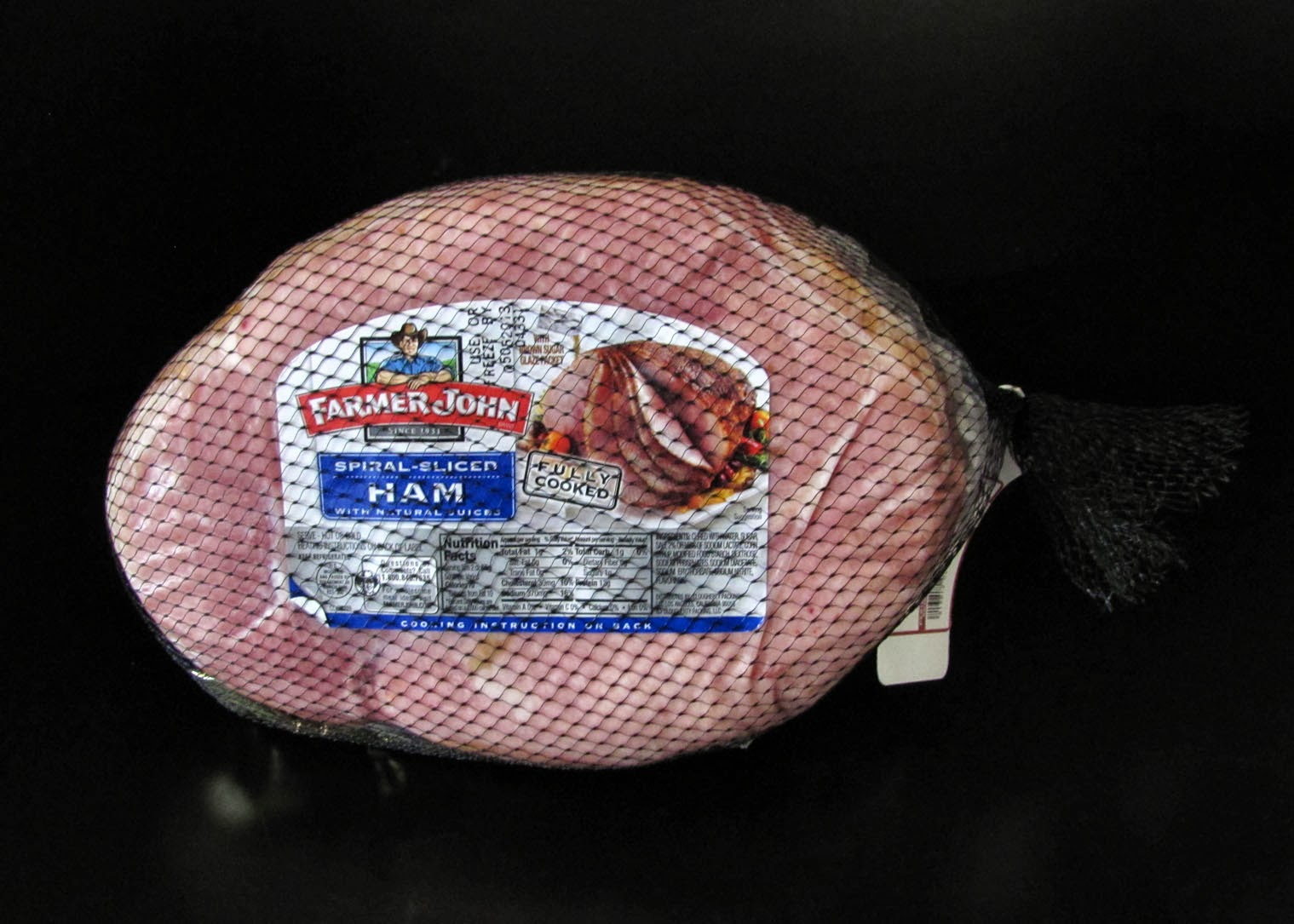Preserving the Freshness: A Guide to Glazing Fish for Freezing
When it comes to preserving the freshness of fish, glazing is a highly effective method. By encasing the fish in a protective layer of ice, glazing helps to prevent freezer burn and maintain the quality of the fish for an extended period of time. Whether you’ve caught fresh fish or bought it from the market, glazing is a simple yet essential technique for ensuring that your fish stays fresh and delicious. In this guide, we’ll walk you through the steps to glaze fish for freezing so that you can enjoy the taste of freshly caught fish any time you want.
What You’ll Need:
- Fresh fish fillets
- Ice
- Water
- Plastic wrap
- Freezer-safe storage containers
Step 1: Prepare the Fish
Before you begin the glazing process, make sure the fish fillets are clean and free of any scales or bones. Pat them dry with a paper towel to remove any excess moisture.
Step 2: Wrap the Fish
Individually wrap each fish fillet tightly in plastic wrap. This will help to protect the fish and prevent any water from seeping in during the glazing process.
Step 3: Create the Glaze
Fill a bowl with cold water and add ice to it. Stir the mixture to create a slushy ice water solution. This will be used to glaze the fish.
Step 4: Glaze the Fish
Place the wrapped fish fillets on a tray or baking sheet. Using a ladle or large spoon, pour the ice water mixture over the fish, ensuring that they are completely coated. The water will freeze quickly, creating a protective layer of ice around the fish.
Step 5: Repeat the Glazing
Once the initial layer of ice has formed, repeat the glazing process two to three times to ensure that the fish is thoroughly encased in ice. This will provide an extra layer of protection against freezer burn.
Step 6: Store the Glazed Fish
Once the fish is fully glazed, carefully transfer the fillets to freezer-safe storage containers. Make sure to label the containers with the date and type of fish to keep track of their freshness.
Tips for Glazing Fish:
- Use freshly caught or high-quality fish for the best results.
- Ensure that the fish is completely dry before wrapping and glazing to prevent ice crystals from forming on the surface.
- Label the storage containers with the date and type of fish to keep track of their freshness.
- When thawing the fish, remove the glaze and allow the fillets to defrost in the refrigerator for the best texture and flavor.
By following these simple steps, you can effectively glaze fish for freezing and preserve its freshness for future enjoyment. Whether you’re stocking up on freshly caught fish or taking advantage of a great deal at the market, glazing is a valuable technique for any seafood enthusiast. With properly glazed fish stored in your freezer, you can savor the delicious taste of fish whenever the craving strikes.
For those looking to master the skill of glazing fish for freezing, there are a variety of recipes to try that will help hone this technique. The Grilled Glazed Salmon with Lemon Herb Butter offers a perfect balance of tangy and savory flavors, making it a great starting point. If you're into Asian-inspired dishes, the Pan-Seared Glazed Tuna Steaks with Sesame Ginger Sauce is a must-try, combining fresh tuna with a bold sesame ginger glaze. For a refreshing and zesty option, the Glazed Halibut with Citrus and Dill provides a delightful mix of citrus and herb notes. The Glazed Mahi-Mahi Tacos with Mango Salsa add a tropical twist that's sure to impress at any gathering. Lastly, the Glazed Sea Bass with Miso Marinade brings a touch of umami with its rich miso flavor. Each of these recipes not only showcases different ways to apply a glaze but also ensures the fish remains flavorful and succulent after freezing.











